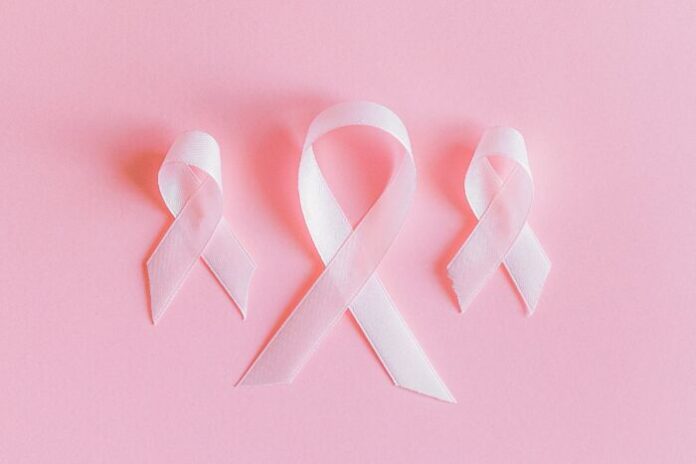
Pink October, the month of breast cancer prevention, is coming to an end. On the other hand, the attention paid to prevention, specifically oncology, must never be interrupted, despite the fact that the spotlight of Healthcare is, in this peculiar historical moment, mainly focused on the COVID-19 pandemic we are experiencing.
Breast cancer is the most diagnosed cancer in women and the leading cause of cancer mortality in women. On the other hand, it is one of the cancers with the highest cure rates. The chances of a cure are higher the earlier the diagnosis is. Hence the importance of prevention, both primary and secondary.
Primary prevention aims to identify and remove the causes that contribute to the development of a tumor, that is, the modifiable risk factors, which have to do with the lifestyle of each individual and, to a significant extent, with the ‘supply. Secondary prevention is expressed through participation in screening programs, or periodic examinations on women without signs of disease, with the aim of intercepting any cancer at an early stage.
Focusing on the role of nutrition, it is clearly reported by the scientific community that food plays an essential role in breast cancer at multiple levels: 1) first, in a disease-free phase, to modulate the risk of cancer onset; 2) during the therapies, as an adjuvant to minimize the side effects of the treatments (eg inflammation of the mucous membrane of the mouth, loss of appetite, nausea, vomiting, diarrhea) and to maximize the positive effects of the same; 3) later, for the prevention of relapses. The most general and important preventive measures, in the context of a correct lifestyle, common to each phase, aim to combat the main “friends” of the tumor, namely overweight, high levels of insulin, glucose, factors related to inflammation and growth factors, parameters that have a common denominator, the contribution of food. It is therefore essential:
- Maintain an adequate body weight: the risk of breast cancer is higher in women who are overweight or obese, especially due to the contribution of visceral fat to the inflammatory state of the body.
- Practicing physical activity: regular exercise reduces the risk of developing breast cancer, helping to keep body weight and fat mass within the optimal percentage ranges.
- Regularly consume fruit and vegetables (seasonal and zero kilometer), in order to provide the body with phytocompounds, that is, beneficial and protective molecules. Not insignificant is the role of vegetables in modulating the glycemic peak and the absorption of sugars, as well as contributing to the health of the intestine and the proper balance of the intestinal microbiota. Also prefer the consumption of whole grains, richer in fiber.
- Limit the intake of refined sugars, including sugary drinks, in order to keep blood sugar and insulin levels under control. Give preference to fresh and not very refined foods, avoiding, on the contrary, processed foods, characterized by high energy density, low satiating power, as they are very rich in sugar, as well as fat.
- Limit dietary sources of saturated fat, especially the consumption of red and processed meats and cheeses which, when consumed in excess, can modify the composition of cell membranes and their ability to absorb glucose, as well as stimulate growth factors such as IGF-1. Give preference to fish and legumes as protein sources, specifying that it is recommended to avoid excess food sources of soy, in any case not to be consumed at the same time as hormone therapy for breast cancer.
- Limit alcohol consumption: There is evidence that the risk of breast cancer increases in proportion to the amount of alcohol consumed.
- Do not smoke: the risk of breast cancer increases in women with a tagabic habit.
- Breastfeed, if possible, as exclusive breastfeeding for up to six months can play a protective role for both the mother and the unborn child.
Eight points, one goal: to prevent. And it’s possible to prevent at the table!






































